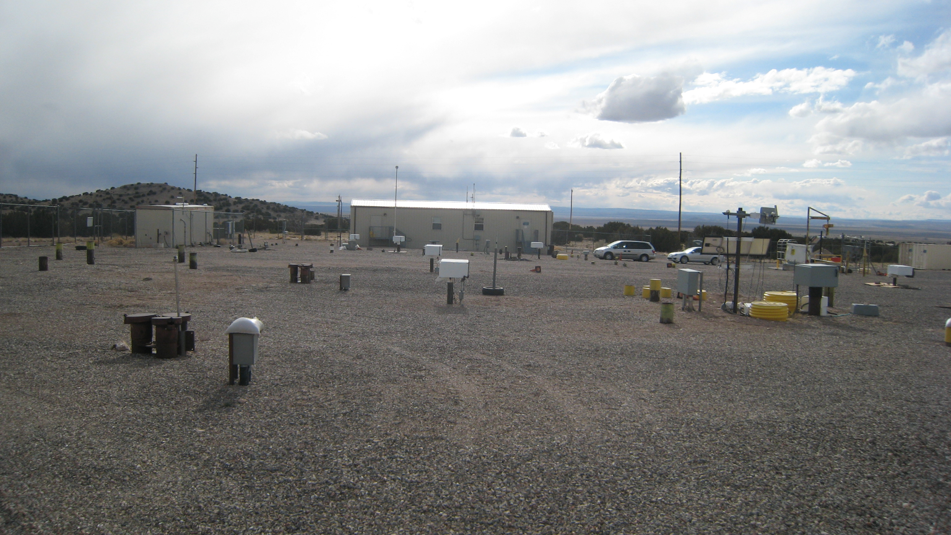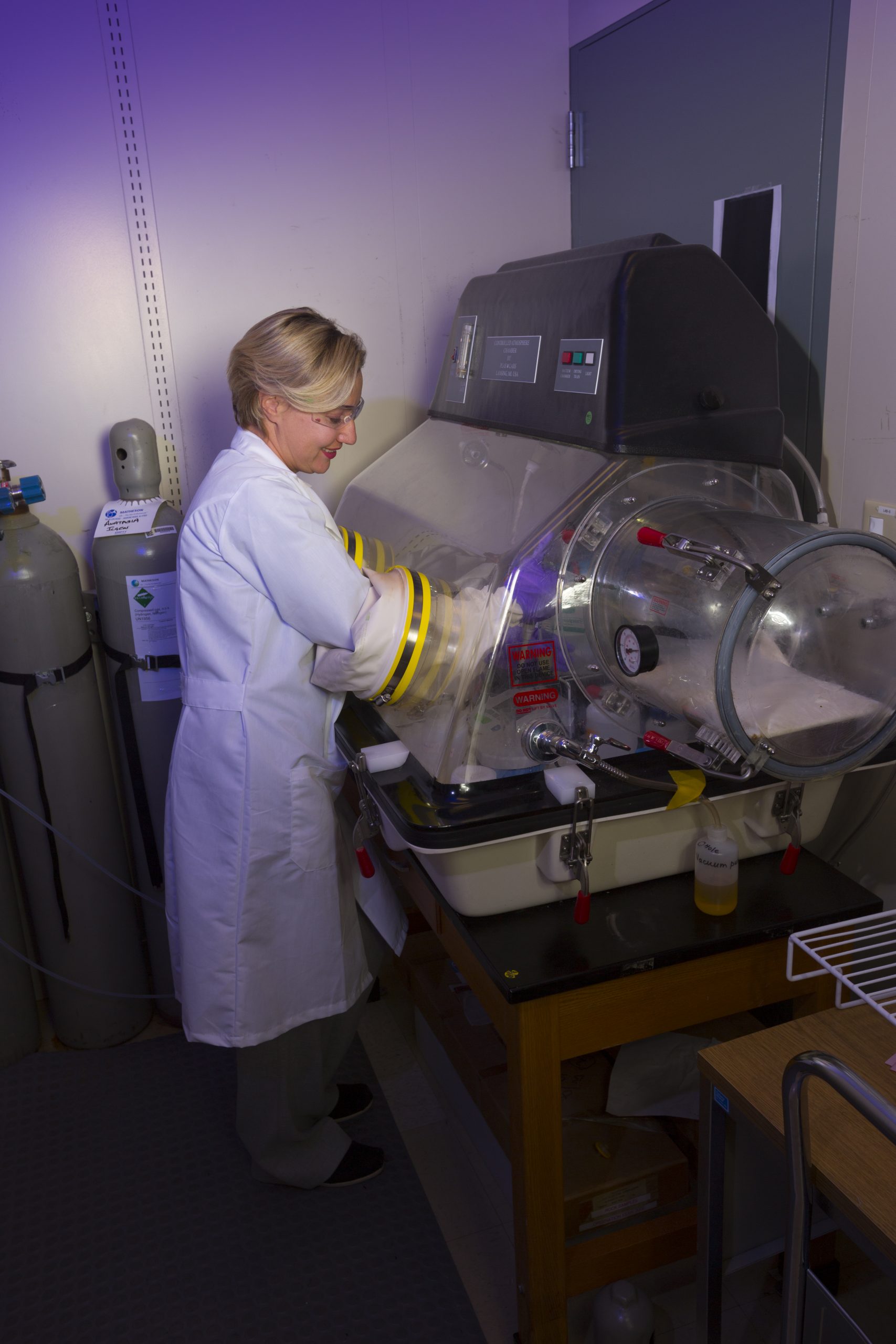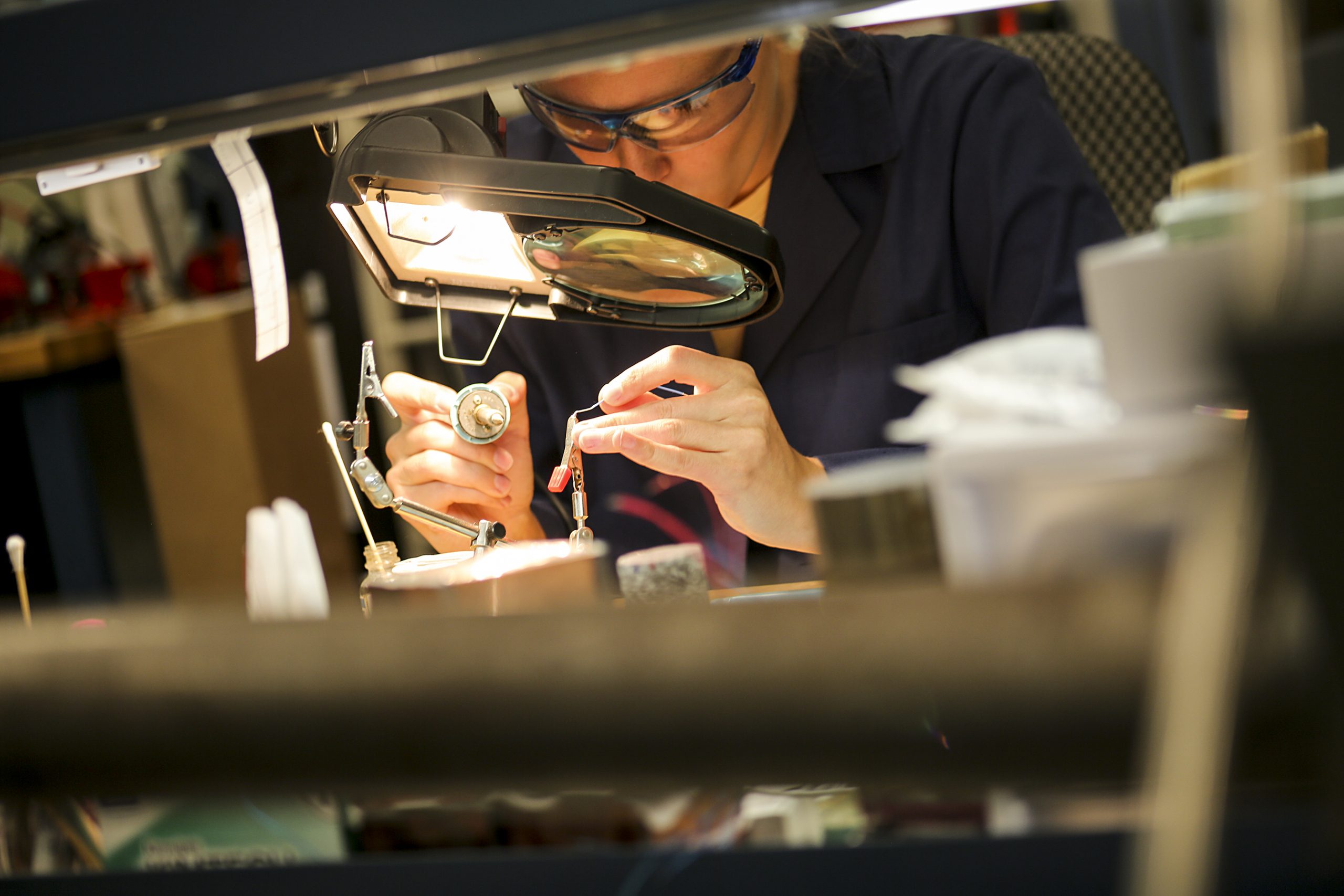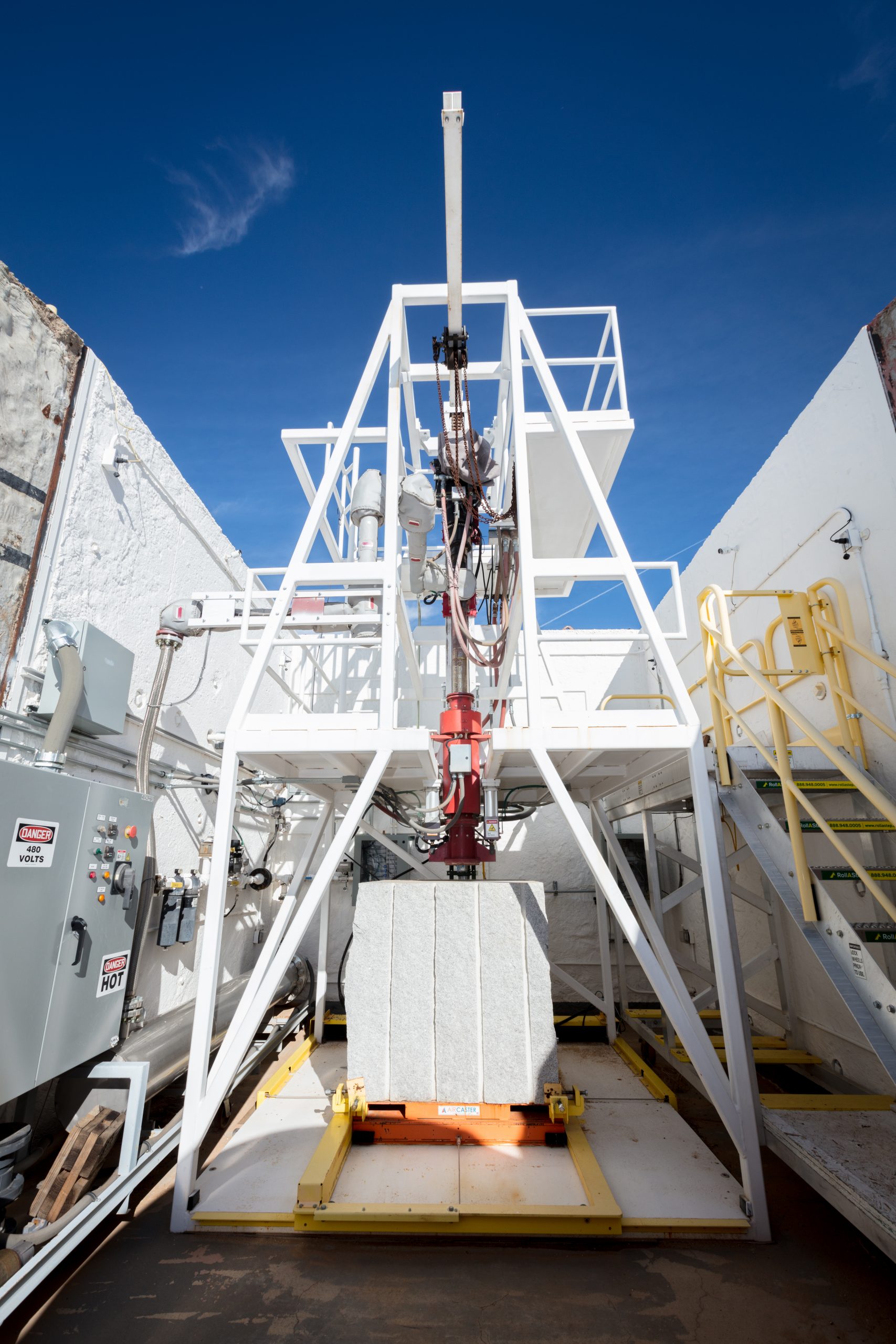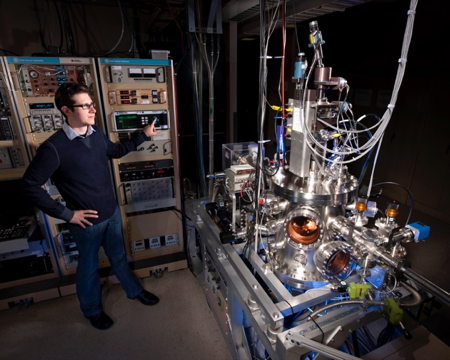Facility • Using the Nuclear Energy Systems Laboratory (NESL) / Brayton Lab, Sandia National Laboratories is creating a thermal-to-electric power conversion technology in a configuration called the recompression closed Brayton cycle (RCBC) that uses supercritical carbon dioxide (sCO2) as the working fluid, rather than steam, thereby dramatically increasing conversion efficiency compared to the...

